Though look and feel makes a home, the selection of a new or replacement bathroom countertop involves much more than eye appeal. Along with structural design and material choices, corrections must be made for access restrictions, the basic room layout, current electrical configurations, present plumbing arrangement, existing cabinets, and even an established mirror layout.
The storage area for the placement of toiletries is of prime importance, yet sinks are at the core of a bathroom counter top arrangement. Basin size, quantity, quality, and positioning all play together in the design process. When handicap requirements or limited legroom force the installation of a self-supporting, wall-mounded sink any included counter space will be minimal and custom crafted. Walls around the sink area may require additional reinforcement. Be prepared for a possible cost increase. Wall reinforcement will involve sheetrock, paint, and additional carpentry labor. Remember also that a freestanding sink, with or without a pedestal, leaves no extra storage space.
Aside from pedestal and wall mounting, other variations of freestanding sinks include self-rimming sinks that sit on top of a counter. Distinctions include Vessel (bowl) basins, which also sit atop the counter. These bowls rest level with the drain, and contain no holes. These arrangements place emphasizes on the sink and faucets rather than the countertop.
Under-counter mounted basins, another adaptation to freestanding sinks, sit below the countertop and sometimes even protrude beyond the outer edges of the counter. In this type display, component emphasizes can be shared depending upon the proportioning of sink to countertop.
Perhaps bathroom space is sufficient to support a full-sized, vanity-mounted sink arrangement. Maybe even multiple sinks are in order. In either choice, freestanding or vanity-mounted, the selection of countertop material will directly reflect upon the choice of sink material. In many cases, the materials will actually overlap. Thus before directly addressing bathroom counter tops, here is a quick review of sink material types:
- Cast Polymer is cultured marble, granite, or onyx. This is an inexpensive, molded, stone replica. This material can crack, scorch, and lose its initial shine.
- Ceramic sinks are efficient, durable, glassy china. This smooth, non-porous surface will not rust, fade, or discolor. Avoid boiling water and heavy objects. These sinks are fragile.
- Cultured Marble is slightly more expensive than a comparable laminate/sink combination, but provides a single surface environment. When over-exposed to water, cultured marble can warp and crumble.
- Enameled products come in both steel and cast iron versions. Enameled steel is lightweight and affordable, but can chip. Cast Iron is heavy, chip-resistant, and easy to clean.
- Glass and crystal are new additions to the bathroom sink and countertop décor. Durability is limited, but not so much as might be expected. Variations include both tempered and laminated glass, each still breakable but shatter resistant.
- Pottery sinks, usually custom made, are durable yet prone to crack and chip.
- Solid materials such as granite and marble make for seamless beauty. On the downside, these materials are very expensive, and difficult to install.
Unless dealing with a molded unit, countertops are often custom-designed for each installation. They are sized to fit and complement other major bathroom fixtures. Color, size, and shape may configure to a new or existing vanity. Cutouts, if any, will certainly conform to a specific basin selection.
Countertop material types and styles may coincide with sink choices, but the options are not limited as such. The following descriptions include some crossover materials. Common characteristics of countertops that overlap with basin materials will not be readdressed.
- Ceramic Tile countertops are always custom-crafted on site. Attractive and extremely durable, these tiles clean easily, but the grout (if not kept sealed and maintained) can become cracked and dirty. Damaged grout also presents a potential problem with bacteria collection. Expect to pay around $4.50 per square foot ceramic tile.
- Glass bathroom countertops may demand a price as high as $50.00 per square foot. Installation is sometimes included in that figure.
- Laminate bathroom countertops are easy to install, and can be made to resemble ceramic, stone, or hardwood. Laminate can be pre shaped to meet specific demands, or it can be purchased as a single sheet for custom, on-site shaping. At a cost of about $5.00 per square foot, laminate is one of the cheapest materials available. Through producing a strong finished countertop, inexperienced installers can easily damage laminate. Hire a professional.
- Wood countertops, though not often used in bathroom environments can make a beautiful powder room expression. Wood is prone to burn, scratch, moisture, and staining. Chose it carefully. Prices start at around $30.00 per square foot.
- Marble bathroom countertops range in natural colors, stand unique in individual veining and designs, and shine to a mirrored finish. The cost, installation sometimes included, may start at around $50.00 per square foot. The greater the veining and distinctiveness of patterns, the higher the cost. Installation is a job for the professionals.
- Granite resides on a par with marble. Next to diamonds in hardness, granite countertops withstand high temperatures, moisture, dropped items, and last for a lifetime. Granite countertops will not stain, resists scratches and cracks, and increase property value. Granite bathroom countertops are expensive, starting from $50.00 and likely not including installation.
- Cultured marble bath vanity tops provide an integrated approach to sink, backsplash, and countertop application. Cultured countertops start as low as $27.00 for single basin 19”x17”. These are usually custom-fitted to a specific vanity.
Though some of these materials are not often considered for bathroom use, the aggressive spirit has opportunity to be bold and creative. Watch color choices and designs that might overpower the environment, but let your bathroom countertop speak out.
<>

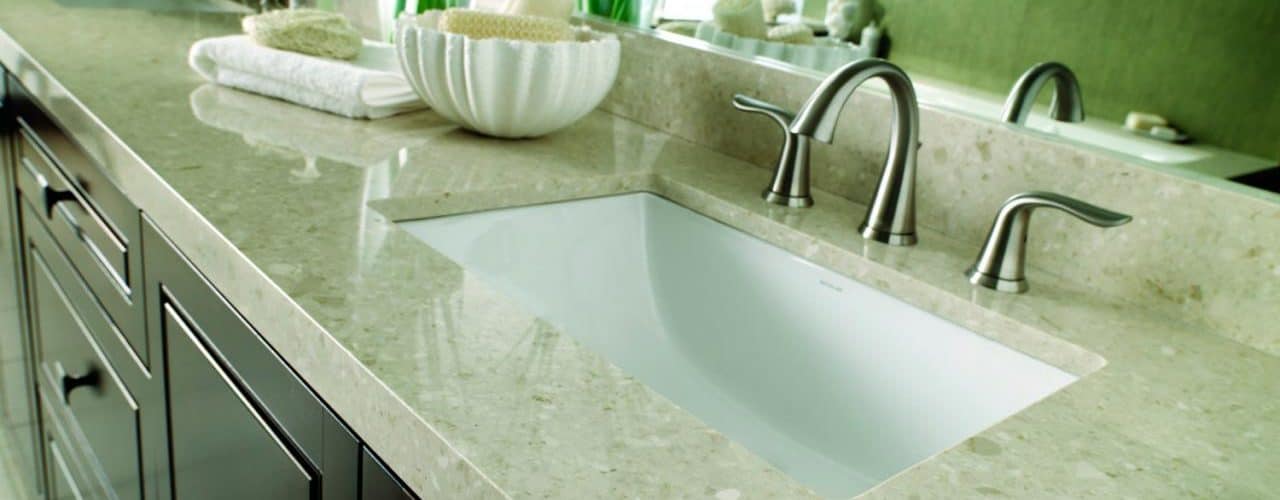
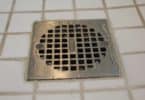

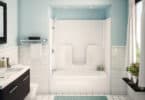
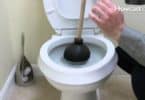

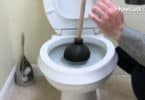
My husband and I have been trying to figure out our cheapest option without losing quality and durability. We heard about Quartz but it’s hard to find a solid number for pricing because no one is posting their prices online. Do you have an idea how much Quartz goes for per sq. ft. ?